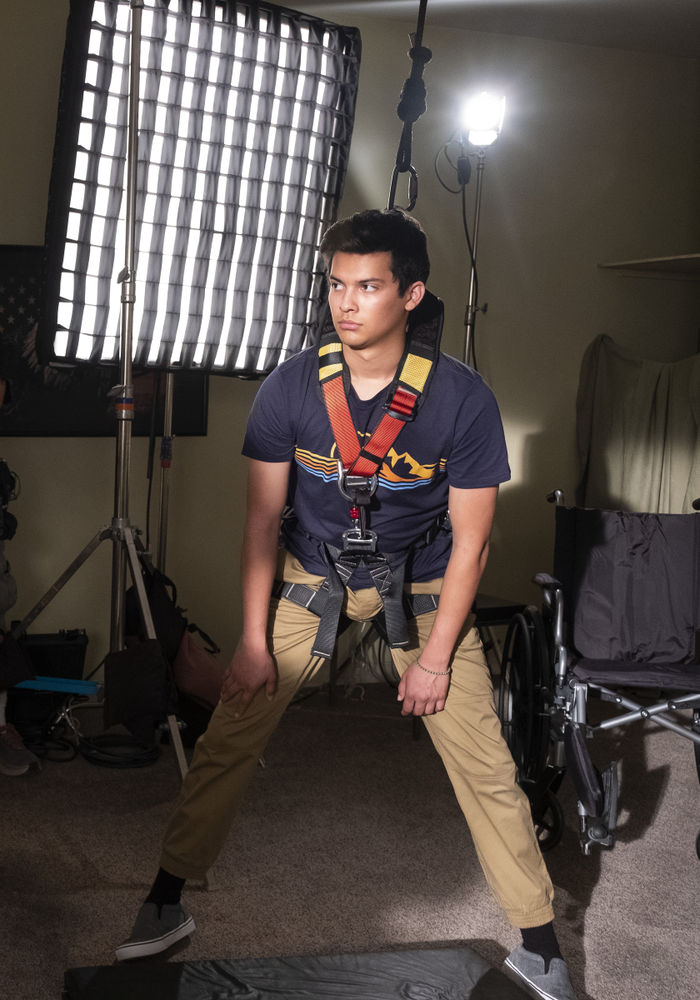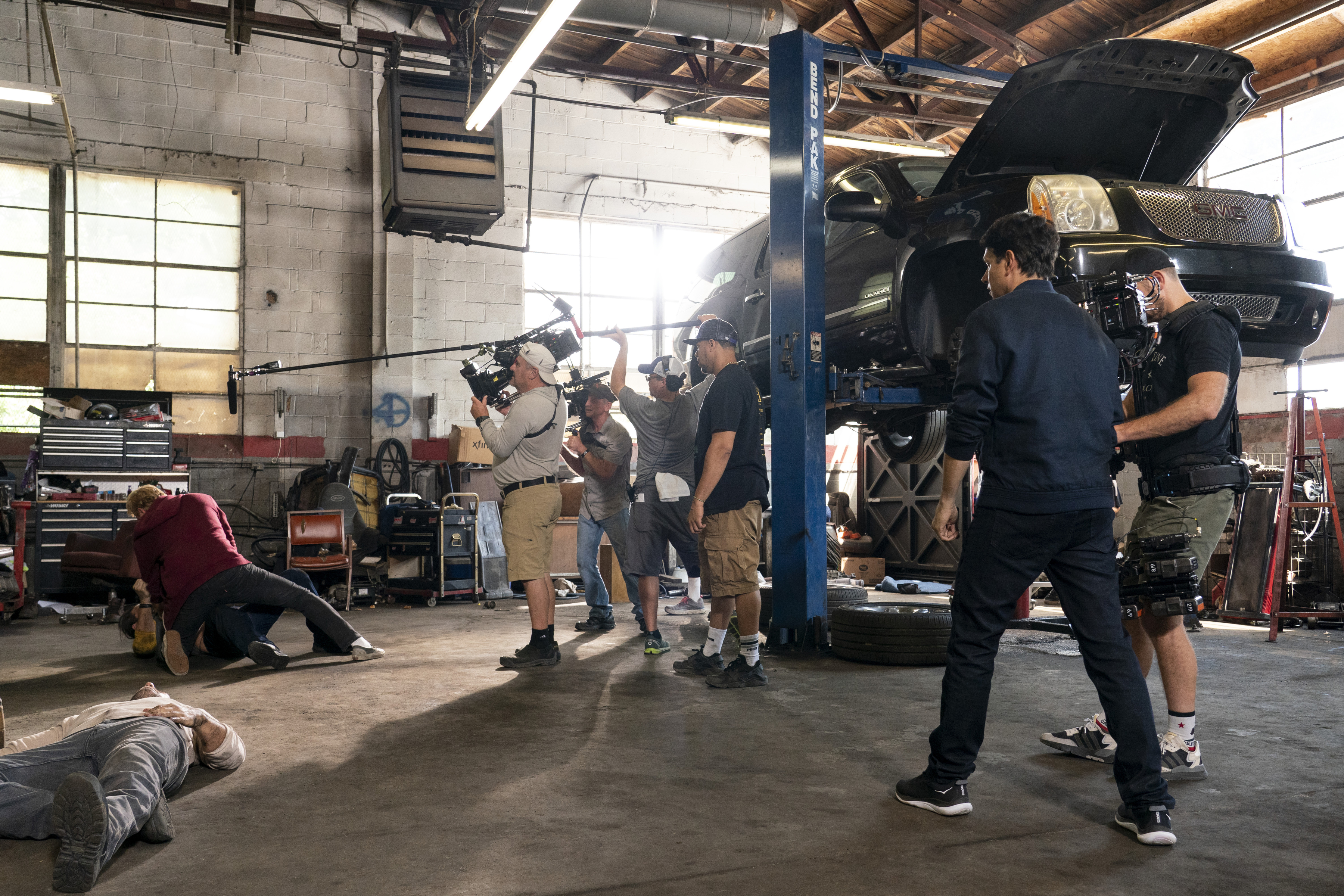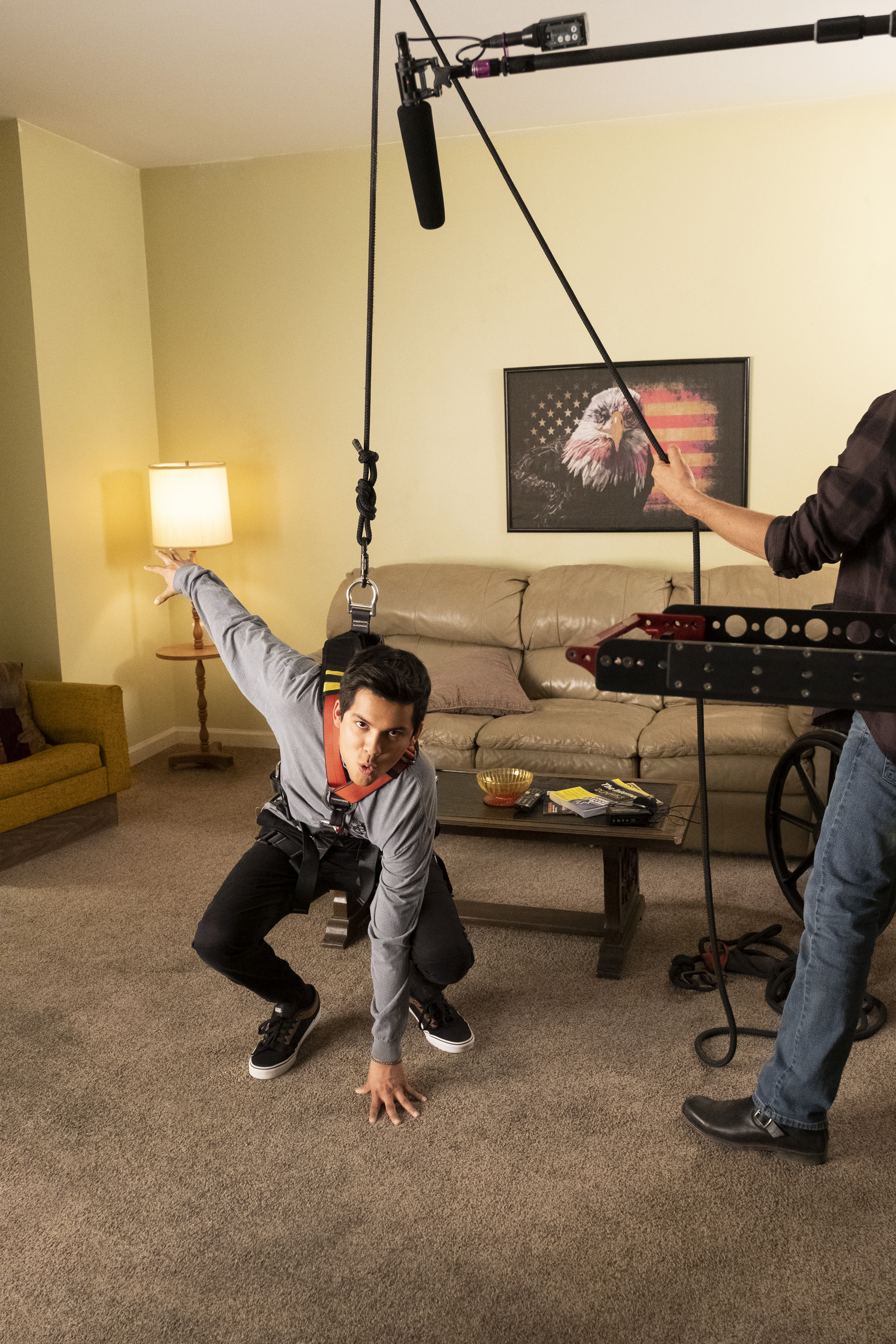Fans of the Karate Kid films welcomed the return of arch-rivals Daniel LaRusso and Johnny Lawrence in TV series Cobra Kai, which reunited the characters 30 years after the events of the 1984 All Valley Karate Tournament. Production sound mixer Mike Filosa explains why season four of the popular show relied on Lectrosonics’ wireless chops.
In the highly-anticipated return of the original films’ two iconic characters, Cobra Kai catches up with LaRusso (now leading an enviable life and running a successful string of car dealerships) and his school adversary, Lawrence, (whose life has taken a rocky turn), leading him to seek redemption by reopening the infamous Cobra Kai karate dojo.
Their lives inevitably become intertwined and the rivalry is swiftly reignited, setting forth the next generation of karate kids. The series proved to be a runaway hit for Netflix, and has been viewed by over 73 million subscribers so far.
Filosa has used nothing but Lectrosonics kit since around the time the fourth Karate Film came out in the early ‘90s.
“I chose a quad-pack of 185 systems,” he remembers. “I continued to grow with this very solid brand – 195s, then 200 and 400 series. I still have all of it! I’m not using them currently, but they still work, and very well.”







